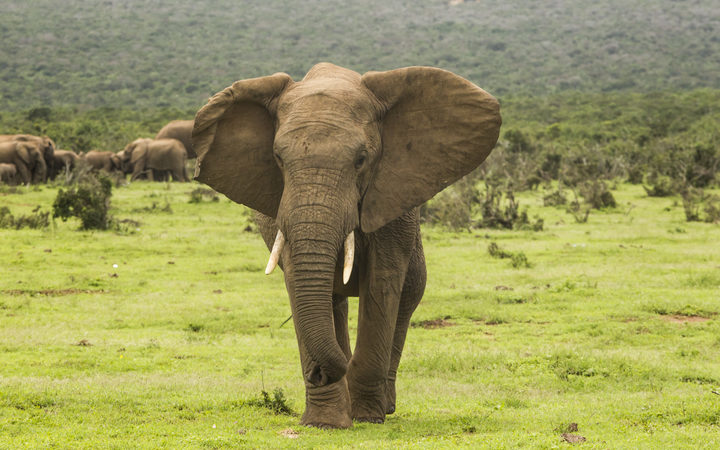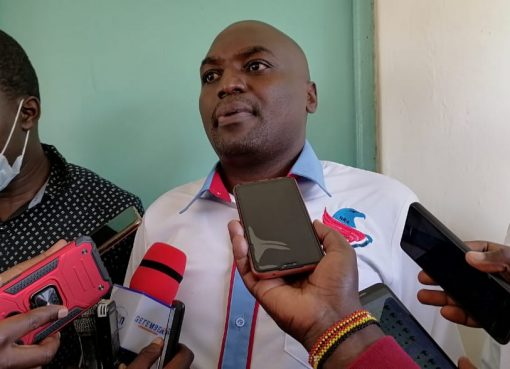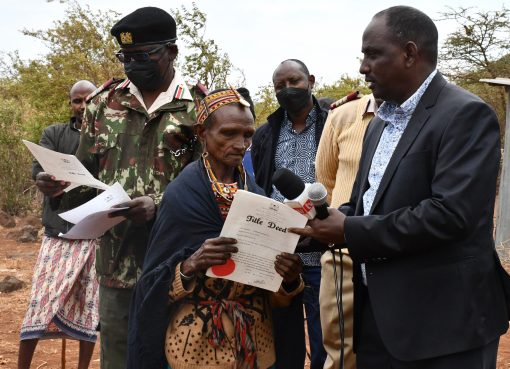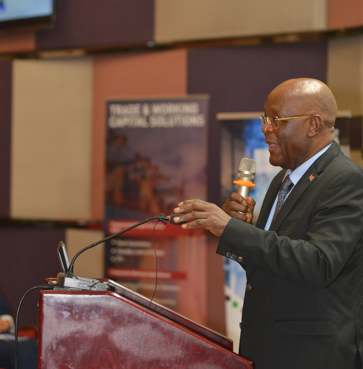The reduction of elephants’ population from 1.3 million to 419, 000 imply that 40, 000 elephants were poached annually between 2010 and 2013 alone.
This sends a strong signal that nature conservation should actually top on the list of priorities in the continent.
As such, Lake Victoria Basin Commission (LVBC) has embarked on an aggressive sensitization and awareness creation with focus on schools in the East African Community (EAC) region to give impetus to nature and wildlife conservation.
Dr. Amy Dickman of Ruaha Carnivore Project, Tanzania made the disclosure during a webinar for researchers, scientists and journalists ‘converged’ for a 3-day discourse to unravel some of the underlying issues partners should tackle to reverse the trend.
Dr. Dickman said Ruaha Park which traverses 22, 000 Hectares suffered a loss of 90% of cheetah which have disappeared alongside its 8% global population of lions which were on the verge of extinction unless stakeholders take decisive measures to combat this.
He apportioned blame to high levels of poverty among local communities coupled with issues of insecurity which has permeated all sectors and the sister countries’ common borders that have since escalated into a global disaster calling for immediate action.
“Poverty has made local communities over-rely on national parks. This culminated into massive incidents of killing of lions and other wild animals for bush meat or artefacts (ivory, tusks, skins and meat) just to make ends meet,” added Dr. Dickman.
He explained that the high levels of Illegal Wildlife Trade (IWT) made it vital to engage women and the youth since the latter have mostly been used to kill the lions and other wild animals as a traditional norm or rite of passage especially among the Maasai community.
By engaging in such activities, the young men demonstrated bravery and often got rewarded with a lifetime opportunity to marry beautiful girls of their choice as they stepped into adulthood in style with their heads raised high as respectable models.
Dr. Dickman said local communities saw very few benefits from wildlife and nature in general thus justified the decision to help them build animal closures able to keep out predatory animals that attacked their livestock at night.
“It is important to link community benefits to wildlife presence by way of providing extra health, education and veterinary services for those who excelled in promoting nature conservation and wildlife protection through targeted development activities,” he explained.
Other deliberate measures include engaging the young warriors, helping the wealthy maintain their status and supporting women participation all of which have tremendously reduced the incidences of animal killings by 80% in Ruaha national park and its environment.
This has also come with unprecedented results of communities, especially women stepping up to protect wildlife thus the universal call for sustainability through partners increasing funding for the real cost of nature and wildlife conservation in the region.
Facilitators argued that wildlife conservation should not be viewed as an elitist activity but appreciate that community engagement is still key to the success of the global venture.
They emphasized the need to disaggregate communities to understand the roles different parts played when it comes to matters of conservation but also not go against their cultural and traditional norms while also bringing into the loop the political support which has been lacking for decades.
Dr. Holly Dublin of International Institute for Environment and Development urged the global society to prevent wildlife crime before it occurs by promoting convergence of youth from different backgrounds; lawyers, musicians, researchers and artists to enrich the noble endeavor.
He said they should create spaces and structures for the youth within their skill set, age and passionate drive geared towards promoting nature and wildlife conservation.
Prof. Omu Anzalla (University of Nairobi), a medical microbiologist brought in a totally different aspect pointing out that the close interaction human beings had with wildlife and persistent animal hunting for bush meat brought about zoonotic related viral infections like Covid-19 that continue ravaging human kind.
Prof. Anzalla challenged African countries working under African Union (AU) to form regional blocks to start manufacturing of vaccines and other metabolite immunogens to boost the immune system as currently being done in South Africa and Senegal.
He cited the Ebola vaccine now being used globally as a success story but quickly added that in Kenya we had issues with the Catholic Church skeptics who raised concern with a vaccine that was being used on children to control diseases such as measles and polio but this fizzled out.
These Pneumococcal Conjugate Vaccine (PCV) was used on children aged 4 months to 4 years and Haemophilus influenza type B on children aged 4 months among others yet to be approved for use globally.
“We may be similar but not the same,” pointed Prof. Anzalla adding “environmental exposure and immunity levels also vary from one person to another and could be determined by different weather conditions”.
This is why people raised issues claiming that “we are being used as guinea pigs”, yet we are simply struggling to create African own suitable vaccines as homegrown solutions to our problems without necessarily over relying on foreign help.
He said vaccines given to our people often have little side effects and so the skeptics’ hesitance across board was ill-informed.
Prof. Anzalla concurred that the formation of African Consortium for increased research funding and in view of the onset of Covid-19 demonstrated that local knowledge should inform policy formulation for meaningful progress.
He termed political goodwill as an essential component the research sector could not take for granted.
By Joseph Ouma





